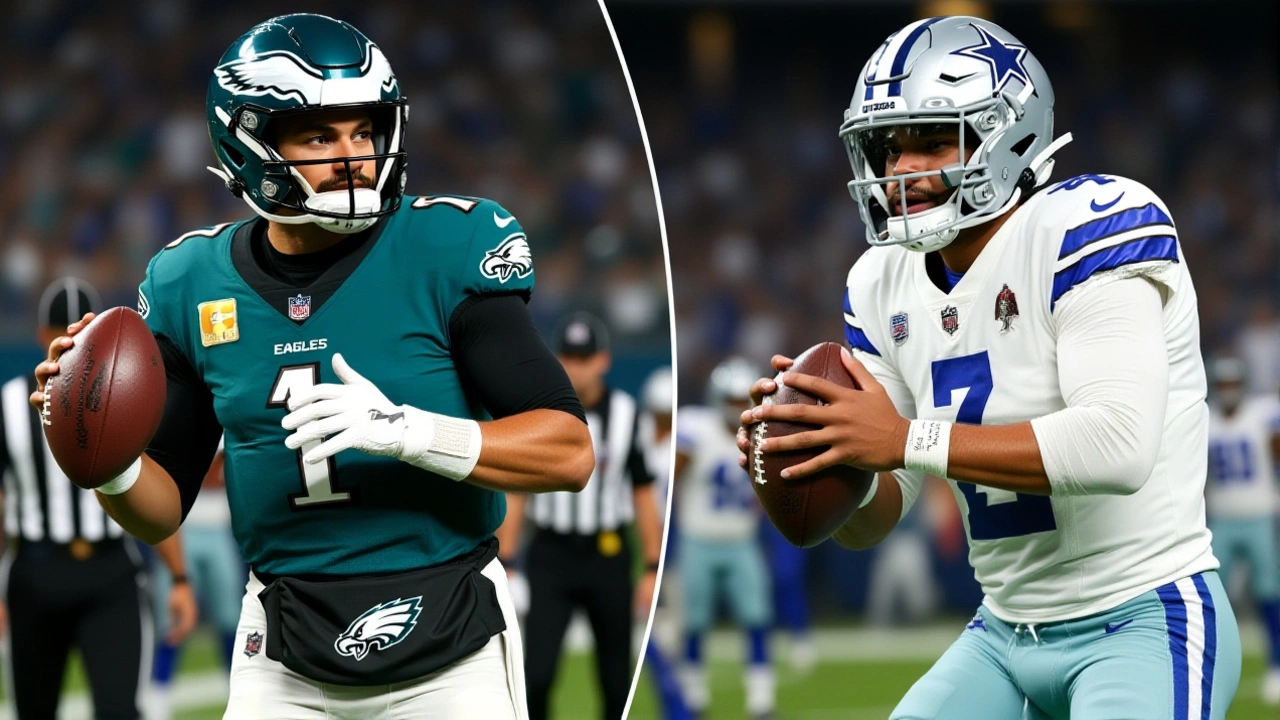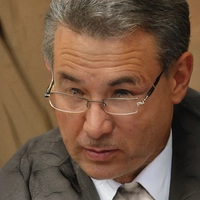When Ferrari quietly shuffled its Formula 1 leadership structure last week, few outside Maranello noticed — until the emails started leaking. By Friday, insiders confirmed the team had quietly replaced Mattia Binotto as Team Principal with Frédéric Vasseur, the man who turned Sauber into Alfa Romeo’s most consistent performer. The move, effective immediately, comes just 11 months after Ferrari’s last major overhaul — and just 18 months before the 2026 regulation shakeup. This isn’t just a personnel change. It’s a full-scale reset.
Why Maranello Couldn’t Wait
Ferrari’s 2024 season was a study in missed opportunities. Charles Leclerc won twice — in Monaco and Singapore — but the team lost seven races they should’ve won. The car, the SF-24, was fast in qualifying but fell apart under race conditions. Tire degradation? Check. Aerodynamic instability? Double check. And then there was the team radio: "Charles, we’re losing time in sector two," followed by silence. No strategy adjustments. No calls. Just a radio that went quiet when it mattered most.Behind the scenes, engineers were frustrated. One source, speaking anonymously, said, "We had the pace. We had the drivers. But the decision-making felt like it was stuck in 2019." Binotto, who had been at the helm since 2019, was seen as a technical purist — brilliant with wind tunnels, less so with race-day instincts. Vasseur, by contrast, has a reputation for turning chaos into control. At Sauber, he brought in young talents like Zhou Guanyu and Max Verstappen’s early mentor, Antonio Giovinazzi, and turned them into podium finishers — without a budget anywhere near Ferrari’s.
The Driver Lineup Tension
The timing couldn’t be more delicate. Charles Leclerc, 26, is under contract through 2026 — but his frustration has been growing. After the British Grand Prix, he told reporters, "I’m not here to finish third when we should be winning." Meanwhile, Carlos Sainz, 28, has quietly become the team’s most consistent performer. He’s finished in the top five in 12 of the last 14 races. But he’s also been linked to a surprise move to McLaren next year — a move that would send shockwaves through the paddock.Now, with Vasseur in charge, the pressure is on. He’s known for making hard calls. At Sauber, he benched a veteran driver mid-season after a series of crashes — and the team improved. The whispers in the garage? Vasseur may be preparing to swap Leclerc and Sainz’s roles: Sainz as the lead driver, Leclerc as the challenger. Not because Leclerc isn’t good — but because Vasseur believes Sainz’s calm under pressure is what Ferrari needs right now.
What’s Changing in Maranello
The restructuring goes beyond leadership. Ferrari’s aerodynamics department, long criticized for being siloed and slow to adapt, is being merged with the race operations team. For the first time, wind tunnel data will be directly fed into race strategy meetings — not just reviewed the next day. The team’s simulation center, previously a separate entity, will now report directly to Vasseur. And perhaps most telling: the engineering team has been told to stop chasing "the perfect car" and start building "the winning car.""We’ve spent too much time trying to be the fastest in qualifying," said a senior engineer, speaking off-record. "Now we’re being told: Win Sunday, and we’ll sort out Saturday."
That shift in philosophy mirrors what happened at Red Bull after 2020. Max Verstappen’s 2021 title wasn’t won by the fastest car — it was won by the team that made the fewest mistakes. Ferrari’s 2024 season was full of mistakes. Vasseur’s job? Eliminate them.

The Bigger Picture: Ferrari’s Legacy at Stake
Ferrari is the most storied name in Formula 1. But legacy doesn’t win championships. Results do. The team hasn’t won a constructor’s title since 2008. Not since Michael Schumacher retired. Not since the days when the team felt like a machine. Now, with rivals like Red Bull, Mercedes, and even McLaren closing the gap, Ferrari’s window is narrowing. The 2026 engine regulations — the biggest change since 2014 — could either be their salvation or their downfall.And here’s the twist: Vasseur doesn’t have a driver’s license. He’s never raced. But he’s built winners. He’s the guy who convinced a 17-year-old Max Verstappen to join Red Bull’s junior program. He’s the guy who turned a struggling Sauber into a team that could compete with Ferrari — and beat them. Now he’s coming home.
What’s Next
The next 90 days will be critical. Ferrari’s next test is the pre-season test in Barcelona in February. If the SF-25 shows improved race pace — not just qualifying speed — Vasseur’s strategy is validated. If not, the pressure will mount. And if Leclerc and Sainz don’t gel by mid-season? That’s when the real drama begins.One thing’s clear: Ferrari isn’t just changing leaders. They’re changing culture. And in Formula 1, culture wins races.
Frequently Asked Questions
Why did Ferrari replace Mattia Binotto now?
Binotto’s tenure ended after three seasons of consistent underperformance despite strong qualifying pace. Ferrari’s 2024 season saw multiple race wins slip away due to poor strategy and tire management — issues Vasseur has a proven track record of fixing. The timing aligns with the 2026 regulation reset, giving Vasseur time to rebuild the team’s operational DNA before the biggest technical shift in a decade.
How might this affect Charles Leclerc’s future with Ferrari?
Leclerc’s position is under scrutiny. While he’s fast, his emotional race management has clashed with Ferrari’s need for consistency. Vasseur’s history suggests he prioritizes reliability over raw speed — meaning Leclerc may be demoted to #2 if Sainz continues delivering. Leclerc’s contract runs through 2026, but if tensions rise, a mid-season swap or early exit could become likely — especially with Red Bull and McLaren watching closely.
What’s different about Frédéric Vasseur’s approach?
Vasseur operates like a CEO, not a technician. At Sauber, he merged engineering and race strategy under one roof, slashed bureaucracy, and empowered junior staff to speak up. He’s known for quick, decisive calls during races — something Ferrari lacked under Binotto. His success with underdog teams proves he can make the most of limited resources — a skill Ferrari desperately needs as budgets tighten.
Could this move trigger a driver swap between Leclerc and Sainz?
It’s possible. Sainz has been Ferrari’s most consistent finisher in 2024, scoring points in 12 of 14 races. Leclerc, while faster in qualifying, has had five DNFs and three races where he lost positions due to errors. Vasseur’s past behavior suggests he’ll assign roles based on performance, not seniority. A formal swap isn’t confirmed, but if Sainz leads the standings by mid-2025, Leclerc could be quietly moved to the #2 role — a scenario that would send shockwaves through the F1 world.
How does this impact Ferrari’s chances for the 2025 championship?
Ferrari’s 2025 chances hinge on two things: the SF-25’s race-day reliability and Vasseur’s ability to unify the team. If the car fixes its tire degradation and the driver dynamic stabilizes, they’ll be title contenders. But Red Bull and Mercedes are still ahead in development speed. A top-three finish is realistic; a championship win is unlikely unless Ferrari pulls off a technical breakthrough — and Vasseur’s leadership is the best shot they’ve had since 2019.
What’s the significance of Vasseur never having raced?
It’s actually an advantage. Vasseur doesn’t carry the baggage of being a former driver. He sees the car as a system, not a personal extension. His strength is organizational clarity — something Ferrari’s internal politics have lacked for years. He’s built winning teams without ever sitting behind the wheel, proving that leadership in F1 isn’t about who drove fastest — it’s about who built the best machine.

